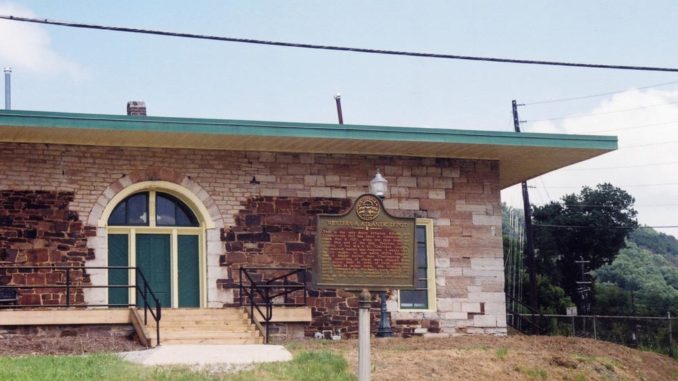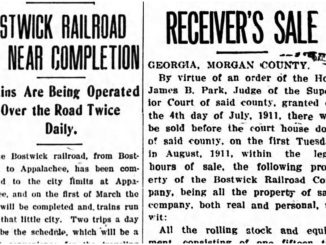
PENDERGRASS, Ga. — A few years ago, when the city of Pendergrass’ train depot needed to be refurbished, the city wasted no time getting to work.
“That’s the center of our town,” the city’s mayor told the Athens Banner-Herald newspaper in 2005. “We couldn’t very well tear down what was the center of downtown. It has a lot of significance.”
The railroad played an important role in the town’s history. Built in 1883, the same year the Gainesville, Jefferson and Southern Railroad was completed through town, the small train depot served passengers until 1927. In about 1940, the edifice was moved to the other side of the train tracks to make room for an updated U.S. Highway 129.
Railroad stations are as old as railroads themselves, dating to the first half of the 19th century. Stations come in all shapes and sizes and styles of architecture. While there are a number of grand structures that dot the country – New York’s Grand Central Terminal comes to mind – many of the depot nationwide are much smaller, along the lines of Pendergrass’ depot.
While a number of train stations are still in use by Amtrak, local commuter railroads or even freight railroads, a significant percentage have new uses, ranging from museums, to civic halls to private businesses. Many are on the National Register of Historic Places, including Atlanta’s 1918 depot on Peachtree Street.
While the Atlanta depot still serves Amtrak’s Crescent, it was not originally the city’s main depot; it was a suburban stop, as hard as that may be to believe. However, two of the city’s grand structures – Terminal Station and Union Station – were demolished in the 1970s – a fate many stations have suffered over the years.
“Station restoration is more than simply a tribute to our past; it is also an investment in our future,” former U.S. Sen. Daniel Patrick Moynihan once said, according to GreatAmericanStations.com.




